Home>Gardening & Outdoor>Landscaping Ideas>What Does Sea Grass Eat


Landscaping Ideas
What Does Sea Grass Eat
Published: January 30, 2024
Discover the best landscaping ideas for sea grass, including tips on what sea grass eats and how to create a thriving environment for it in your yard. Explore expert advice on sea grass care and maintenance.
(Many of the links in this article redirect to a specific reviewed product. Your purchase of these products through affiliate links helps to generate commission for Storables.com, at no extra cost. Learn more)
Introduction
Welcome to the fascinating world of sea grass! While the term “sea grass” might evoke images of terrestrial grass, these underwater plants are a vital component of marine ecosystems. In this article, we will delve into the intriguing realm of sea grass, exploring its importance, nutrient sources, and the crucial role it plays in the underwater environment.
Sea grasses are often overlooked, yet they are essential for maintaining the health and balance of coastal and marine habitats. Join us as we uncover the wonders of sea grass and gain a deeper understanding of its significance in the intricate web of marine life.
Key Takeaways:
- Sea grasses are crucial for marine life, providing habitat, oxygen, and stabilizing the seabed. They play a vital role in maintaining water quality and supporting biodiversity in coastal and underwater ecosystems.
- Sea grasses get their nutrients from sunlight, sediment, water column, organic matter, and symbiotic relationships. Their adaptability and ecological significance make them essential for thriving in coastal and marine environments.
Read more: What Does Sea Grass Look Like
Importance of Sea Grass
Sea grasses are not merely decorative features of the ocean floor; they are integral to the health and stability of coastal and marine environments. These underwater plants provide a multitude of benefits that contribute to the overall well-being of marine ecosystems.
1. Habitat and Shelter: Sea grass meadows serve as vital habitats for a diverse array of marine life, including fish, crustaceans, and mollusks. The dense, intertwined blades of sea grass provide shelter, protection, and a suitable environment for numerous species to thrive.
2. Oxygen Production: Similar to their terrestrial counterparts, sea grasses undergo photosynthesis, producing oxygen as a byproduct. This oxygenation of the water is crucial for the survival of marine organisms and helps maintain the delicate balance of underwater ecosystems.
3. Sediment Stabilization: The extensive root systems of sea grasses help stabilize the seabed, reducing erosion and preventing sediment from being stirred up and clouding the water. This stabilization is essential for maintaining water clarity and supporting the growth of other marine flora.
4. Carbon Sequestration: Sea grasses play a significant role in sequestering carbon dioxide from the water, thereby mitigating the impacts of ocean acidification and helping to combat climate change. Their ability to store carbon in the sediment contributes to the overall health of the marine environment.
5. Nutrient Cycling: Sea grasses are actively involved in nutrient cycling, absorbing and recycling nutrients from the water. This process helps maintain water quality and supports the growth of other marine organisms, fostering a balanced and thriving ecosystem.
These are just a few examples of the crucial roles that sea grasses play in marine environments. Their significance extends far beyond their aesthetic appeal, making them indispensable components of coastal and underwater ecosystems.
Nutrient Sources for Sea Grass
Sea grasses, despite their underwater habitat, require specific nutrients to support their growth and physiological functions. Understanding the sources of these essential nutrients provides insight into the intricate relationships within marine ecosystems and sheds light on the adaptability of sea grasses to their environment.
1. Sunlight: As with terrestrial plants, sea grasses rely on sunlight for photosynthesis, the process through which they produce energy. The availability of sunlight is a primary nutrient source for sea grasses, influencing their distribution and growth in shallow coastal waters.
2. Sediment Nutrients: The sediment in which sea grasses root themselves serves as a rich source of nutrients, including nitrogen, phosphorus, and sulfur. These nutrients are absorbed by the roots and utilized for various metabolic processes, supporting the overall health and vitality of the sea grass meadows.
3. Water Column Nutrients: Nutrients dissolved in the water column, such as nitrogen and phosphorus, are absorbed by the leaves of sea grasses. These nutrients are essential for the plants’ growth and development, and their availability influences the productivity and resilience of sea grass ecosystems.
4. Decomposing Organic Matter: Organic matter, such as leaf litter and detritus from marine organisms, serves as a source of nutrients for sea grasses. Through decomposition, these organic materials release essential nutrients that contribute to the fertility of the sediment and support the growth of sea grasses.
5. Symbiotic Relationships: Sea grasses engage in symbiotic relationships with microorganisms, such as mycorrhizal fungi, which facilitate nutrient uptake and enhance the plants’ ability to access essential elements from the surrounding environment. These symbiotic associations contribute to the nutrient acquisition strategies of sea grasses.
By utilizing these diverse nutrient sources, sea grasses have evolved to thrive in coastal and marine environments, demonstrating their remarkable adaptability and ecological significance within the underwater world.
Sea grass gets its nutrients from the water and the sediment it grows in. It absorbs nutrients like nitrogen and phosphorus through its leaves and roots, and also gets energy from the sun through photosynthesis.
Role of Sea Grass in the Ecosystem
Sea grasses are not merely passive components of marine environments; they actively shape and influence the intricate web of life within coastal and underwater ecosystems. Their multifaceted roles extend beyond providing habitat and nutrients, encompassing a range of ecological functions that contribute to the overall health and stability of marine environments.
1. Biodiversity Support: Sea grass meadows are biodiversity hotspots, supporting a wide array of marine organisms, including fish, invertebrates, and macroalgae. The complex structure of sea grass habitats provides refuge, breeding grounds, and foraging areas for diverse species, contributing to the richness and diversity of marine life.
2. Water Quality Maintenance: Sea grasses play a crucial role in maintaining water quality by absorbing nutrients, trapping sediments, and stabilizing the seabed. Their presence helps mitigate the impacts of nutrient pollution and sedimentation, contributing to the clarity and overall health of coastal waters.
3. Coastal Protection: The extensive root systems of sea grasses help stabilize coastlines by reducing erosion and buffering the impacts of waves and currents. This natural coastal protection is particularly valuable in mitigating the effects of storms and safeguarding vulnerable shoreline habitats.
4. Carbon Storage and Sequestration: Sea grass meadows are highly effective carbon sinks, storing significant amounts of carbon in their biomass and sediment. Their capacity for carbon sequestration helps mitigate climate change and contributes to the overall carbon balance of coastal and marine ecosystems.
5. Ecosystem Connectivity: Sea grasses serve as vital connectors within marine ecosystems, linking coastal habitats and providing corridors for the movement of marine organisms. They facilitate the exchange of energy, nutrients, and genetic material, enhancing the resilience and connectivity of coastal and marine ecosystems.
6. Economic and Cultural Value: Beyond their ecological significance, sea grasses hold economic and cultural importance for coastal communities. They support commercial fisheries, ecotourism activities, and traditional practices, enriching the livelihoods and cultural heritage of coastal societies.
Through their diverse and interconnected roles, sea grasses contribute to the stability, resilience, and productivity of coastal and marine ecosystems, underscoring their immense ecological value and the need for their conservation and protection.
Conclusion
As we conclude our exploration of sea grass, it becomes evident that these underwater plants are not mere bystanders in marine ecosystems; they are dynamic and essential contributors to the health and balance of coastal and underwater environments. From providing habitat and shelter to supporting biodiversity and mitigating the impacts of climate change, sea grasses play a multitude of roles that underscore their ecological significance.
Understanding the importance of sea grasses is paramount for the conservation and sustainable management of coastal and marine habitats. As coastal development and human activities continue to exert pressure on these fragile ecosystems, recognizing the invaluable services provided by sea grasses becomes imperative for their protection and preservation.
By safeguarding sea grass habitats, we not only ensure the well-being of countless marine species but also secure the numerous benefits that these ecosystems provide to coastal communities and the broader marine environment. The conservation of sea grasses is a testament to our commitment to the sustainable stewardship of our oceans and the preservation of their rich biodiversity.
As we continue to unravel the complexities of marine ecosystems, let us remember the unassuming yet indispensable role of sea grasses in sustaining the delicate balance of coastal and underwater environments. Through awareness, conservation efforts, and responsible management, we can uphold the legacy of sea grasses and ensure that their vital contributions endure for generations to come.
Frequently Asked Questions about What Does Sea Grass Eat
Was this page helpful?
At Storables.com, we guarantee accurate and reliable information. Our content, validated by Expert Board Contributors, is crafted following stringent Editorial Policies. We're committed to providing you with well-researched, expert-backed insights for all your informational needs.
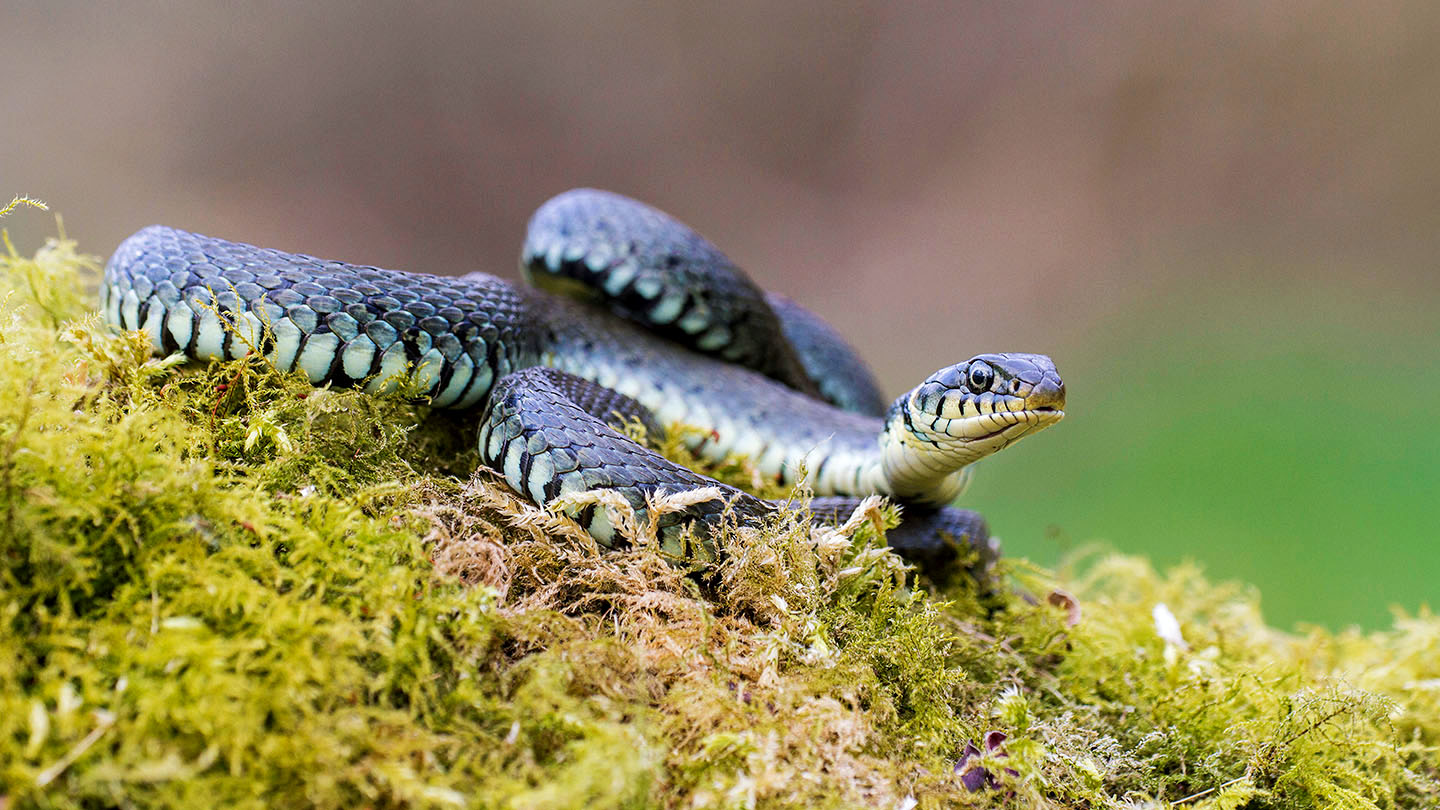
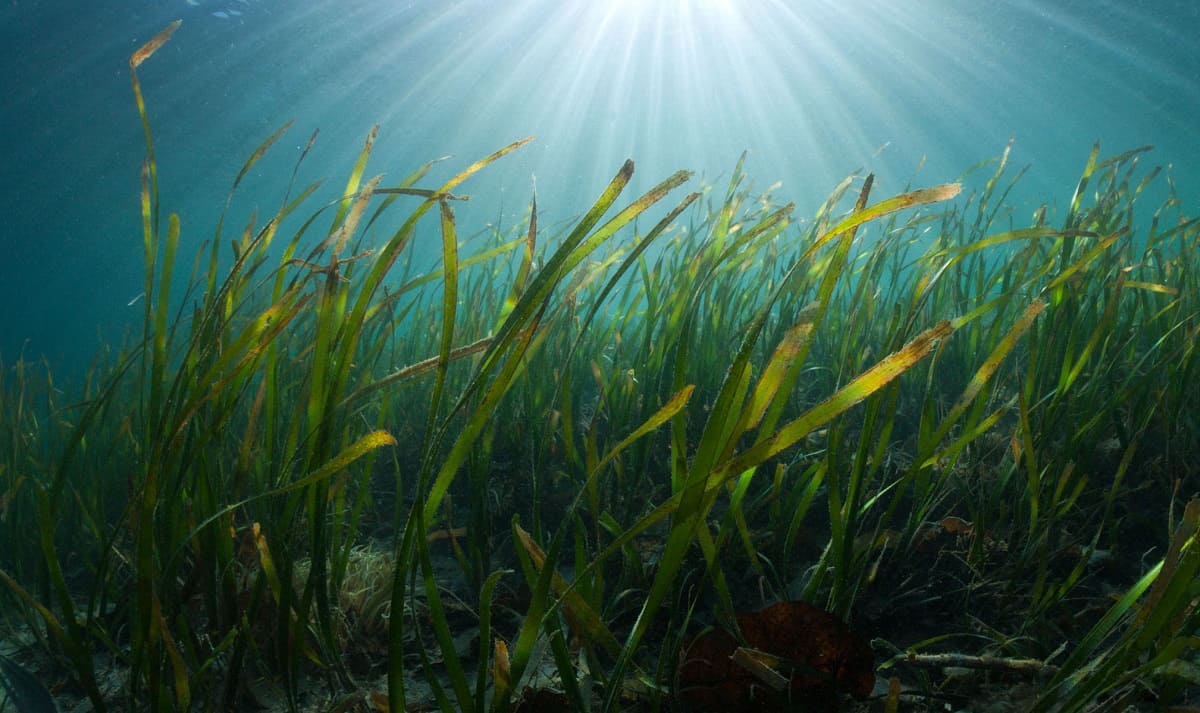

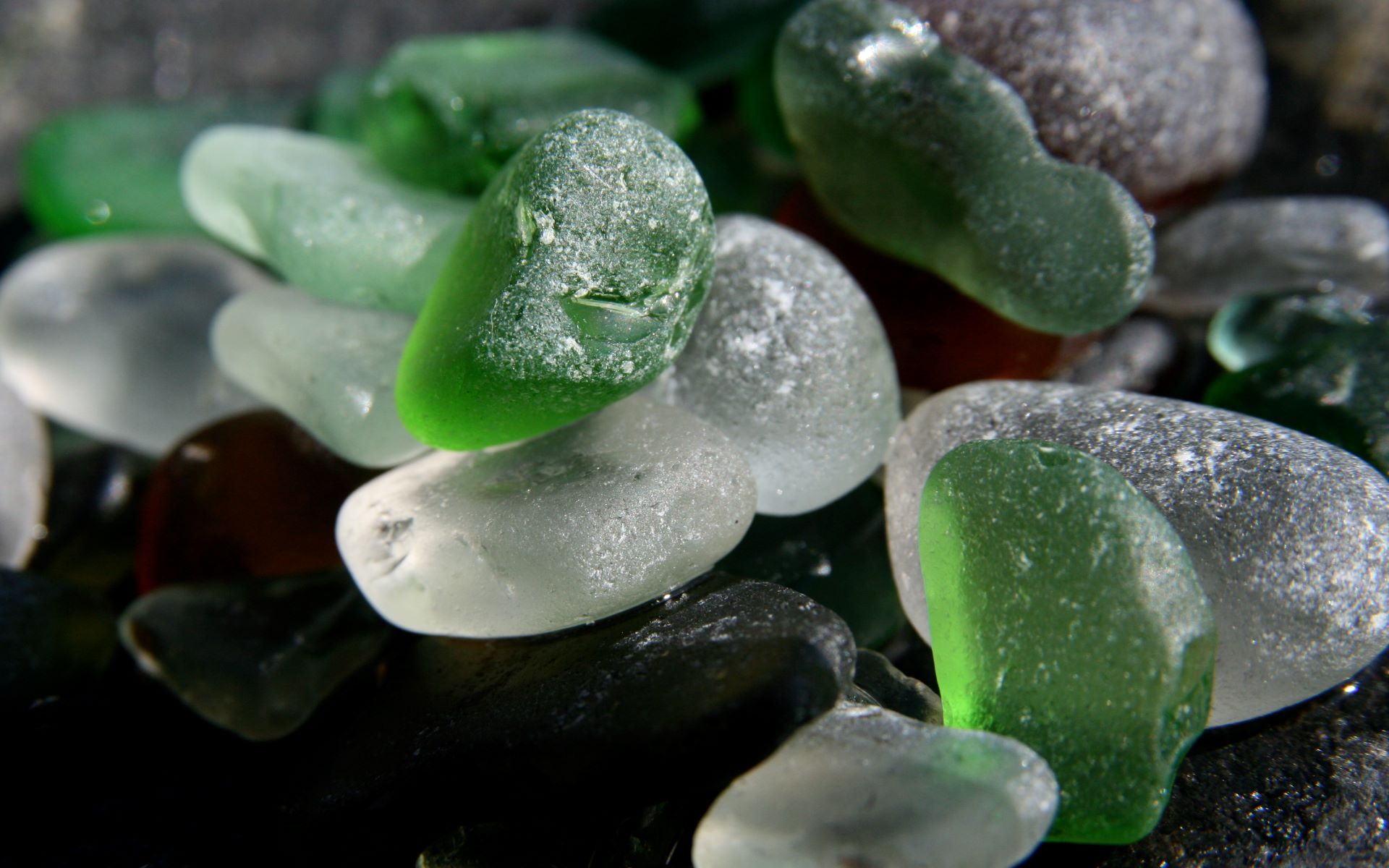
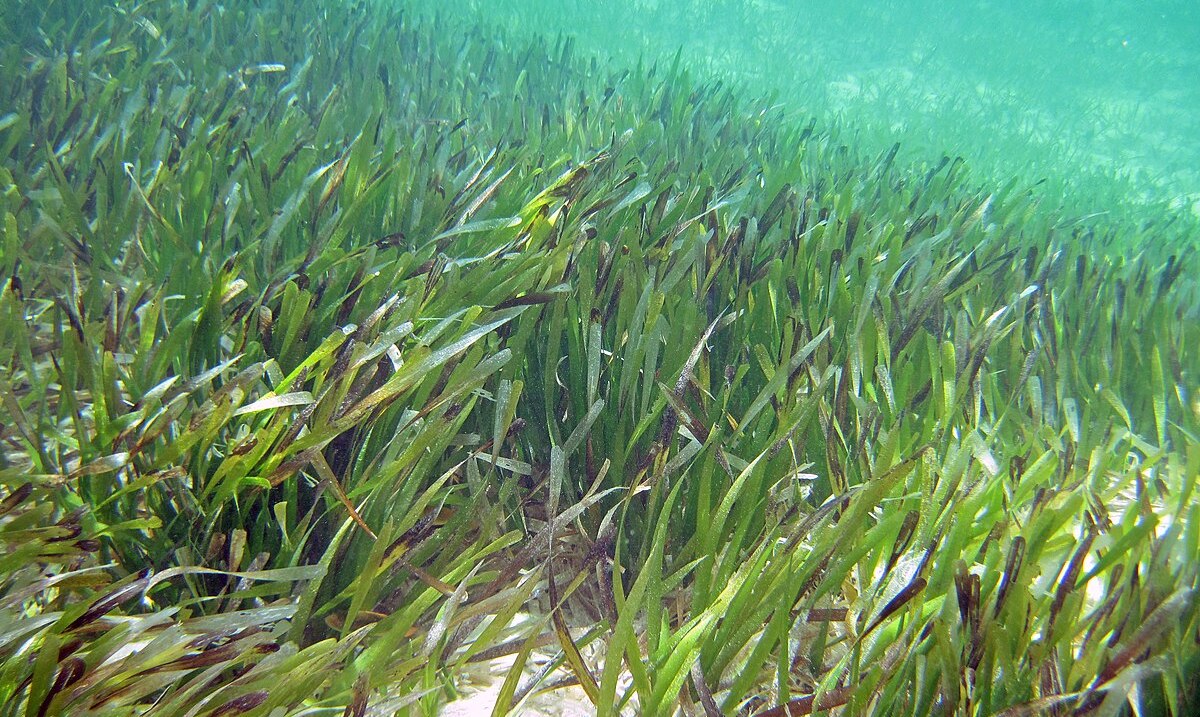

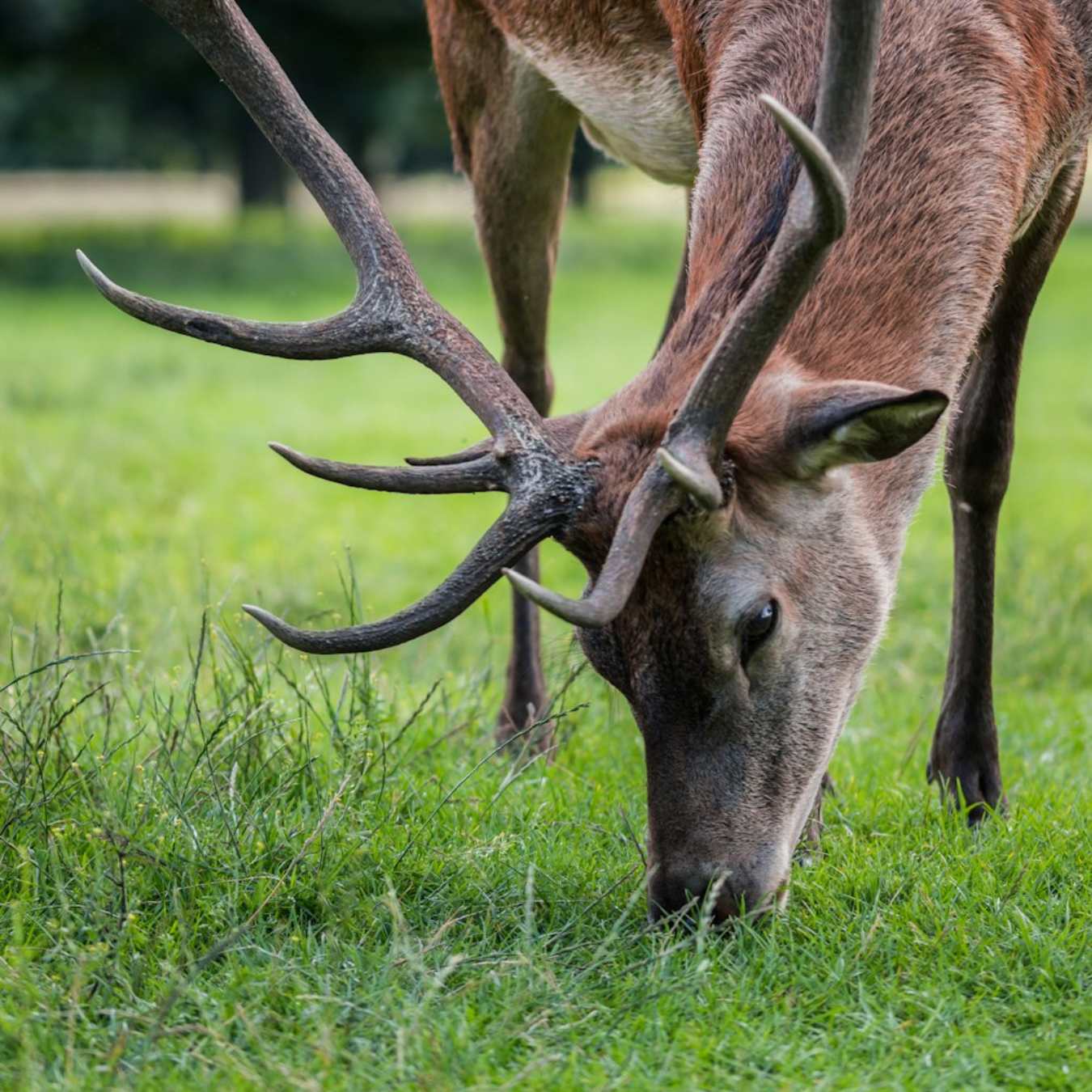
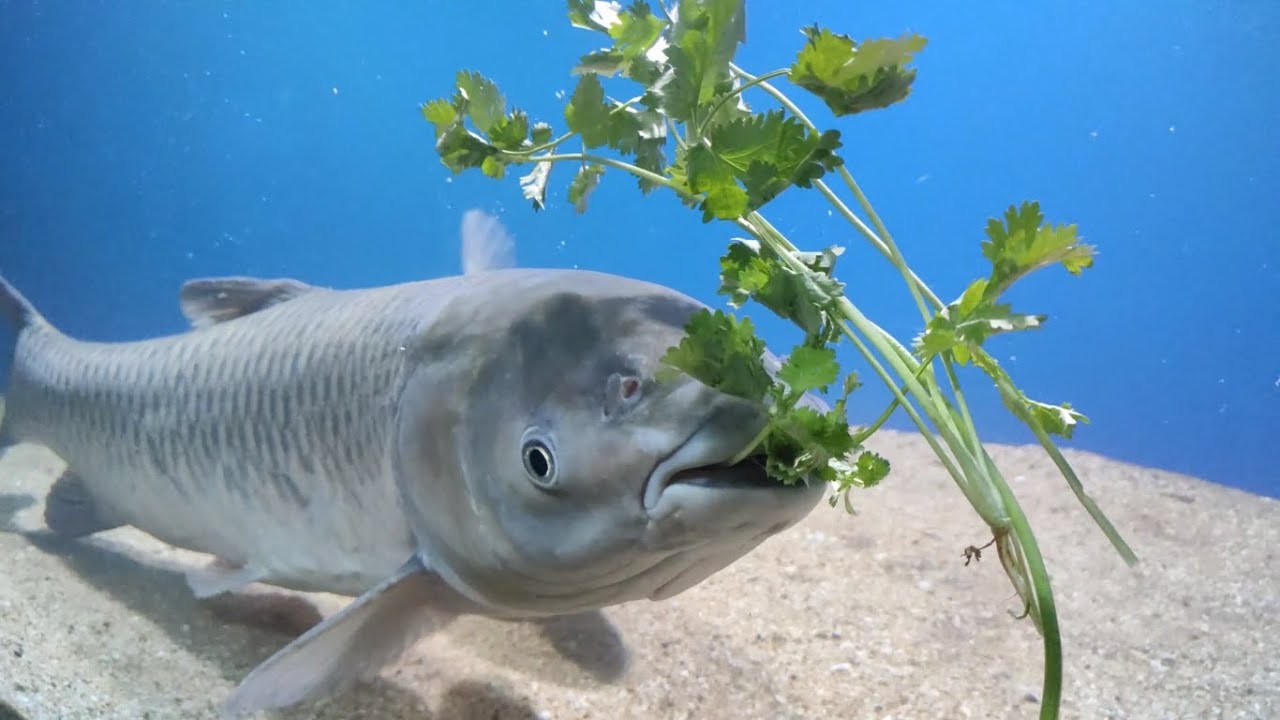
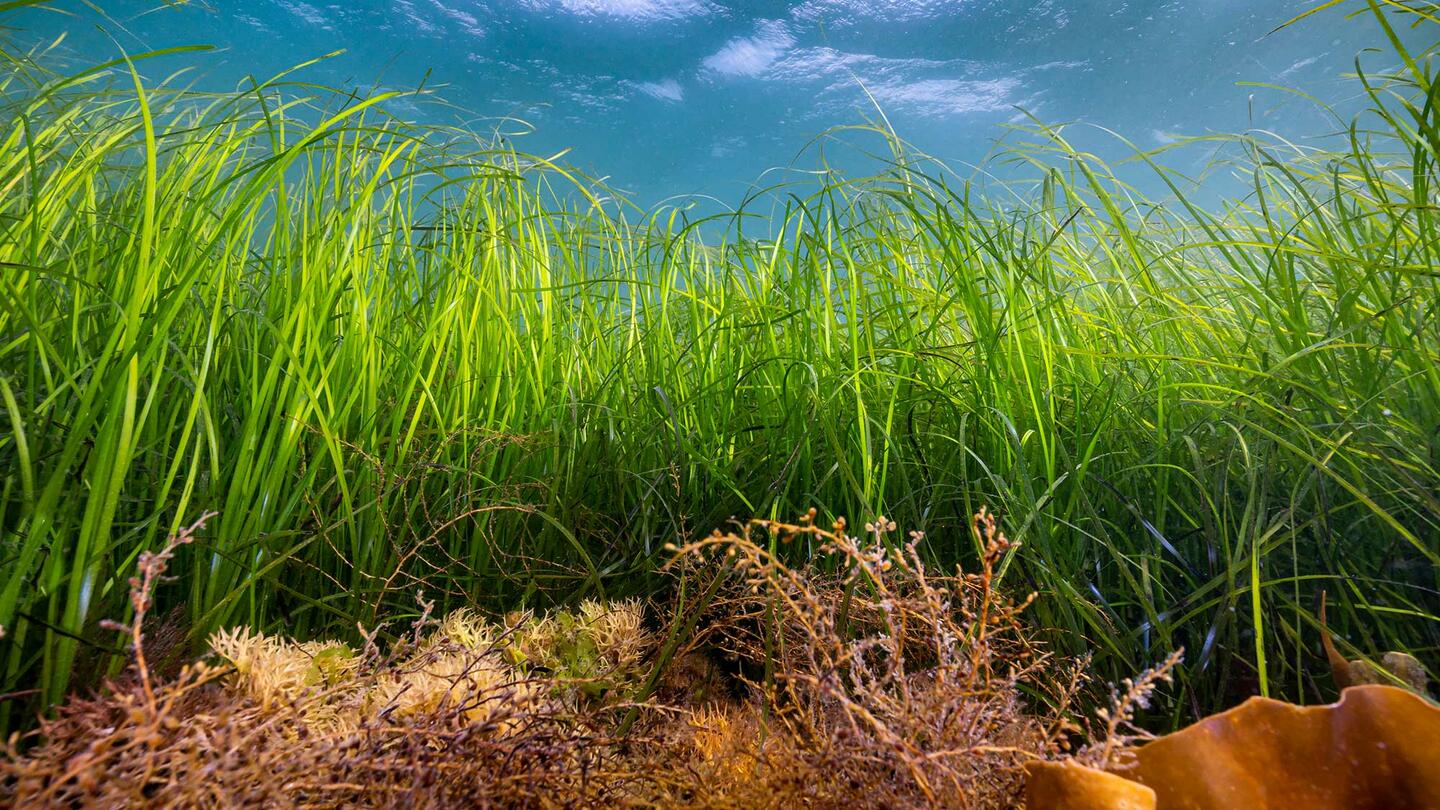
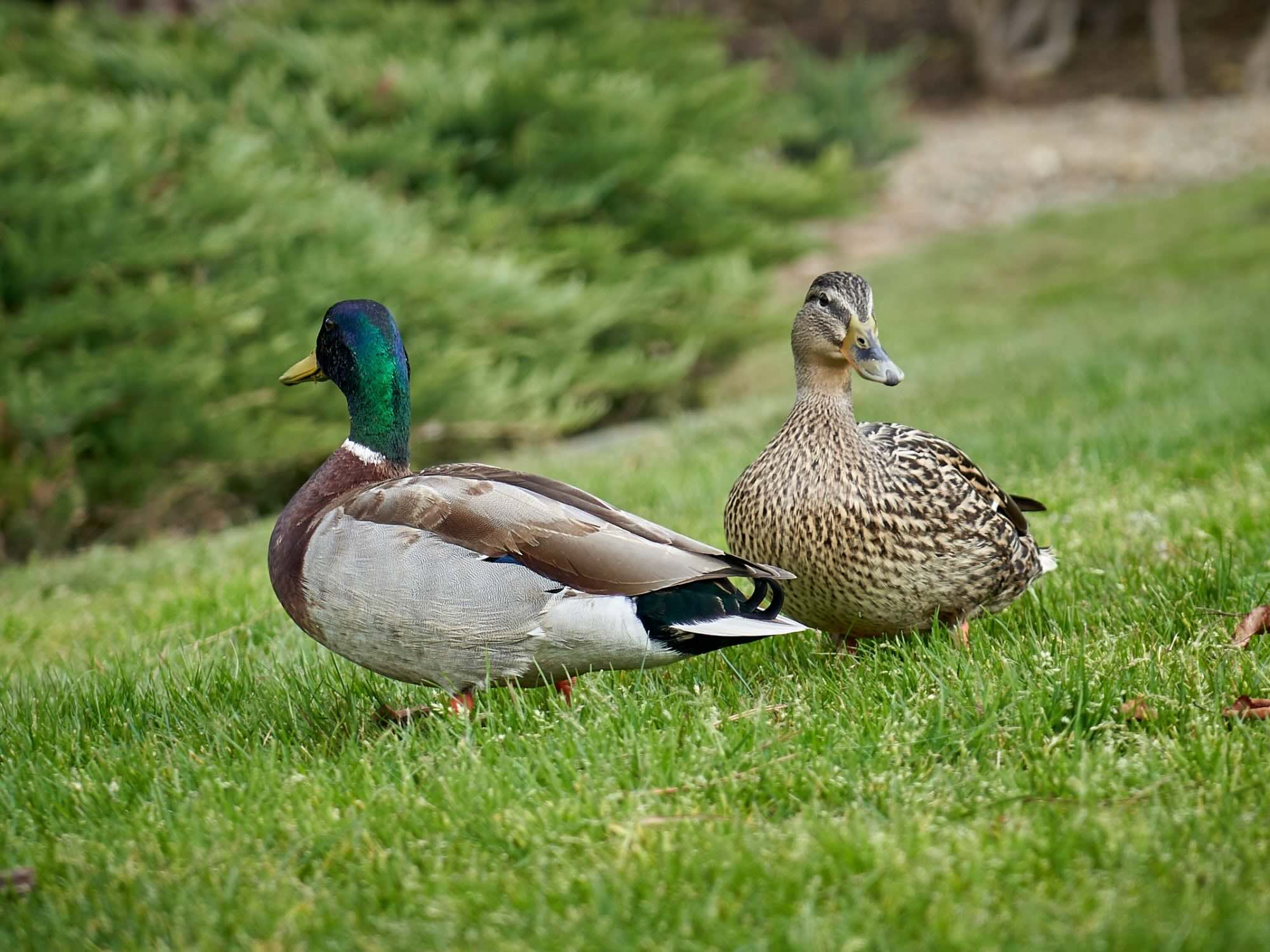
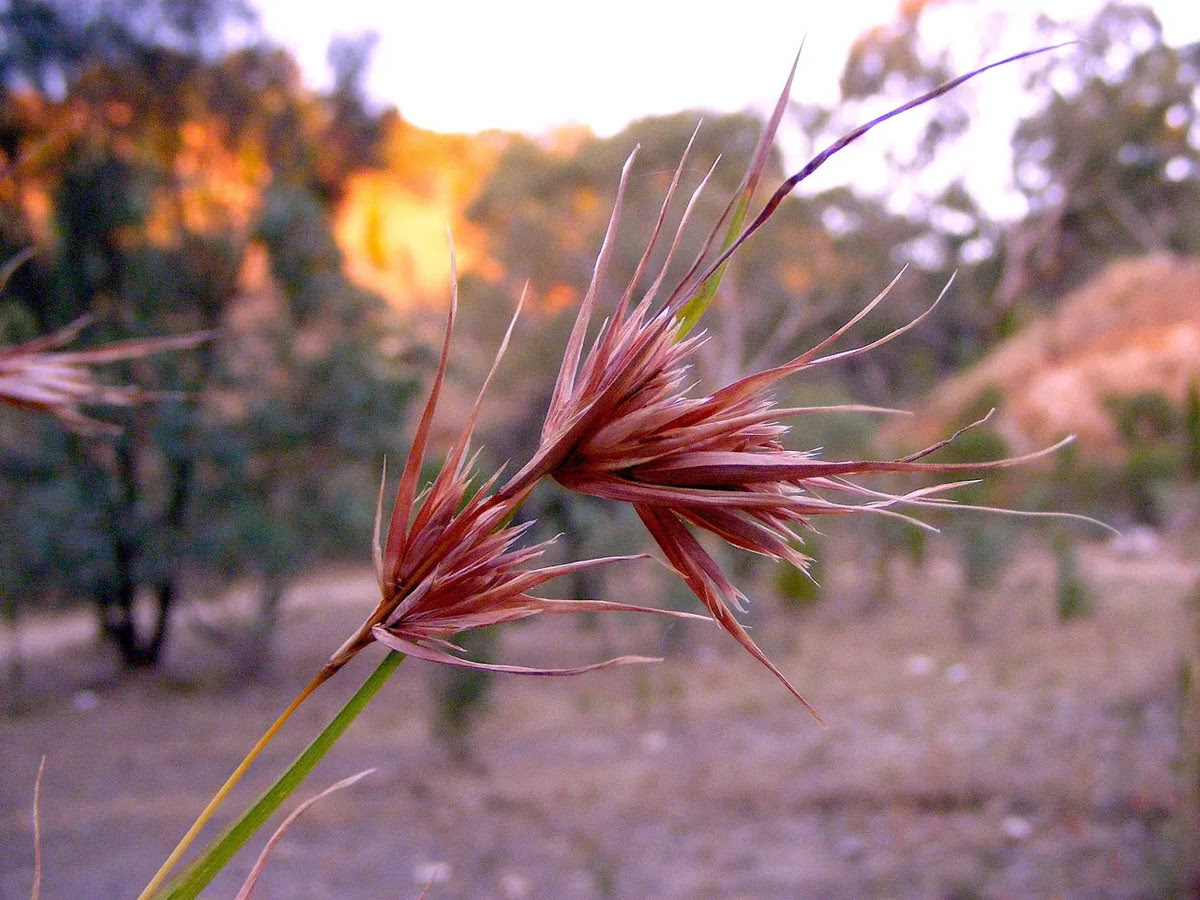
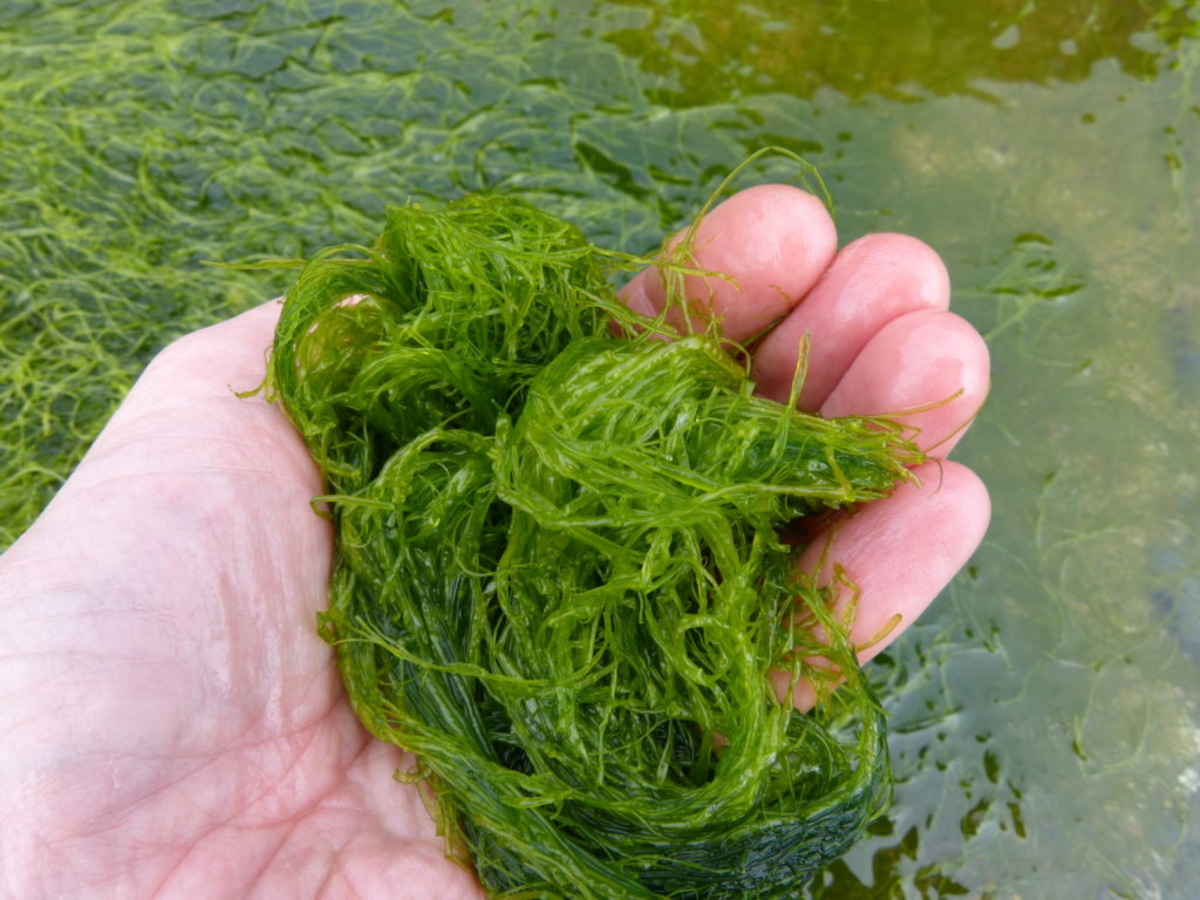

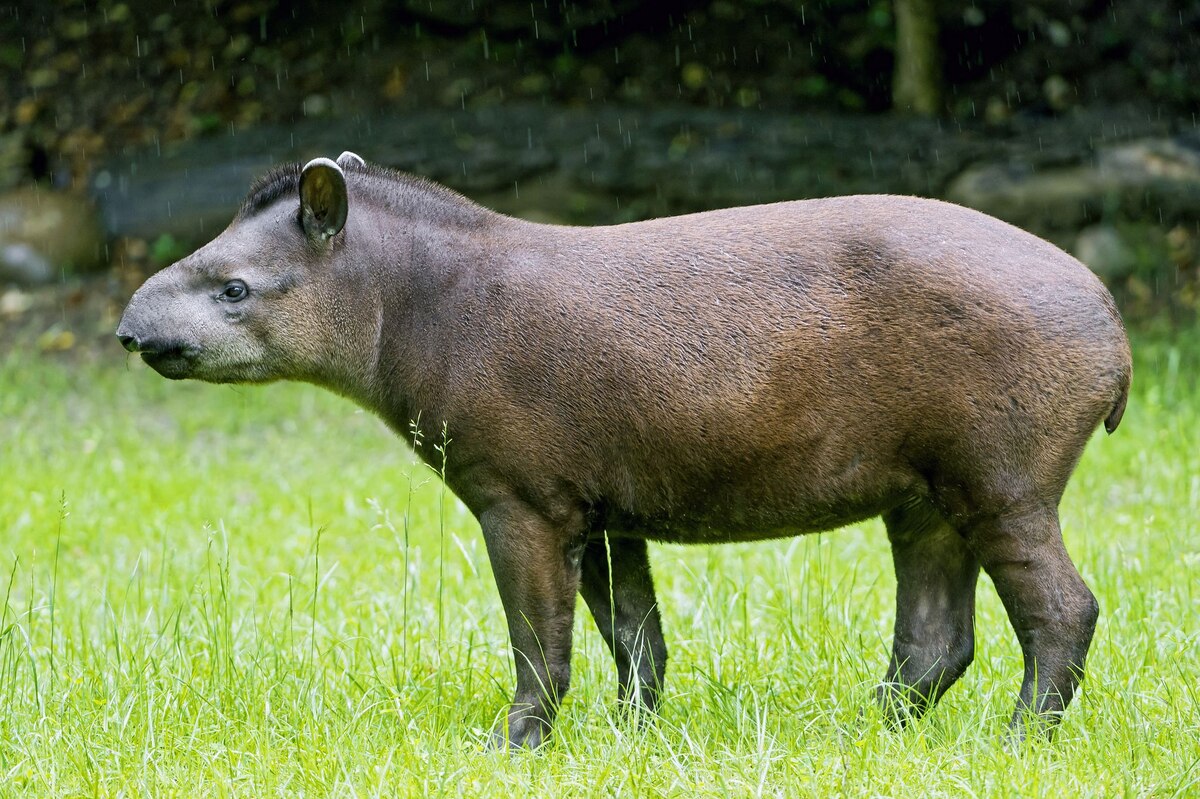


0 thoughts on “What Does Sea Grass Eat”